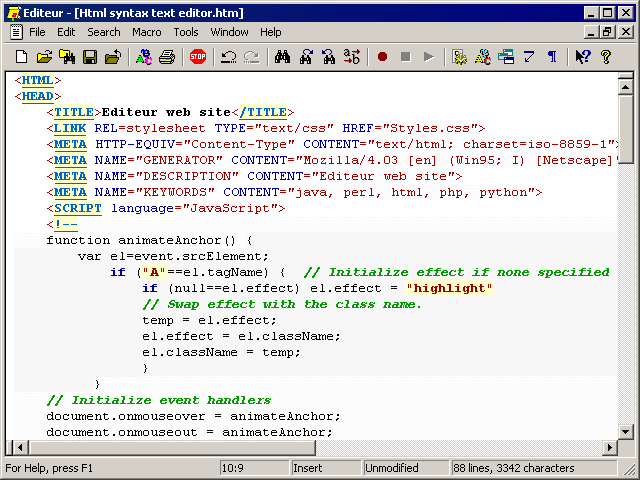You are currently browsing the daily Archive for February 1st, 2011.

Blogs are important because they are simple, immediate and interactive.
Three Characteristics of a Blog:
- Frequently updated with entries displayed in reverse chronological order
- Each post has a headline and a body
- Contains a link for comments that let readers post their thoughts on a particular blog
The Usefulness of Blogs:
- Help develop community with readers or viewers so they can test ideas
- Receive early and direct feedback
- Publish or broadcast in the timeliest manner
- Teach a new content-management system
- Build an audience for your writing or reporting
- Cultivate a collaborative community once you have an audience
How to Create a Blog:
http://www.youtube.com/watch?v=BnploFsS_tYAsk Yourself These Questions When Creating A Blog:
- What will you name your blog? (1-3 words)
- What is a good short description or catchphrase for your blog?
- What will you write about in your blog? What is its mission (2-3 sentences)
How to Build an Audience for Your Blog:
- Know what readers want.
- Organize your ideas. All posts should complement your primary idea.
- Be direct. Use simple, declarative sentences.
- Be the authority, with a personality. The right voice is key.
- Edit. Allow 15 minutes of editing time before publishing a post.
- Make posts scanable. Use different typographical techniques.
- Link, summarize and analyze. Attribution is very important!
- Be specific with headlines.
- Use photos and screenshots.
Bloggers should also post approximately once a day and participate in a blogging community by reading, commenting and linking to other blogs.

Briggs breaks down basic Web concepts so that we can maximize and take advantage of all the information the Web offers.
Key ideas:
- Internet is not synonymous with World Wide Web.
Internet: a network of connected computers that share information.
Web: a way of accessing information through the network. - RSS is a quick and efficient tool in obtaining information based on your personal interests.
- HTML, CSS and XML are markup languages that control how information is displayed and distributed on the Web.
- XML is a complement for HTML.
HTML Tutorial:
Key terms:
- Web server: a special type of computer that stores and distributes information over the Internet
- URL (Uniform Research Locator) or Web address: identifies which information to retrieve
- IP address (International Protocol): a unique, numeric identity of a Web-server location
- RSS (Real Simple Syndication): enables you to subscribe to any information feed that gets delivered directing to an RSS reader or Web browser
- FTP (File Transfer Protocol): a simple process for moving big files that e-mail cannot handle
- HTML codes: tell a Web browser how to display the text and where to include the graphics, audio or video
- CSS (Cascading Style Sheets): enables you to edit, modify and troubleshoot existing Web pages and designs
- XML (Extensible Markup Language): uses tags to describe what data is
